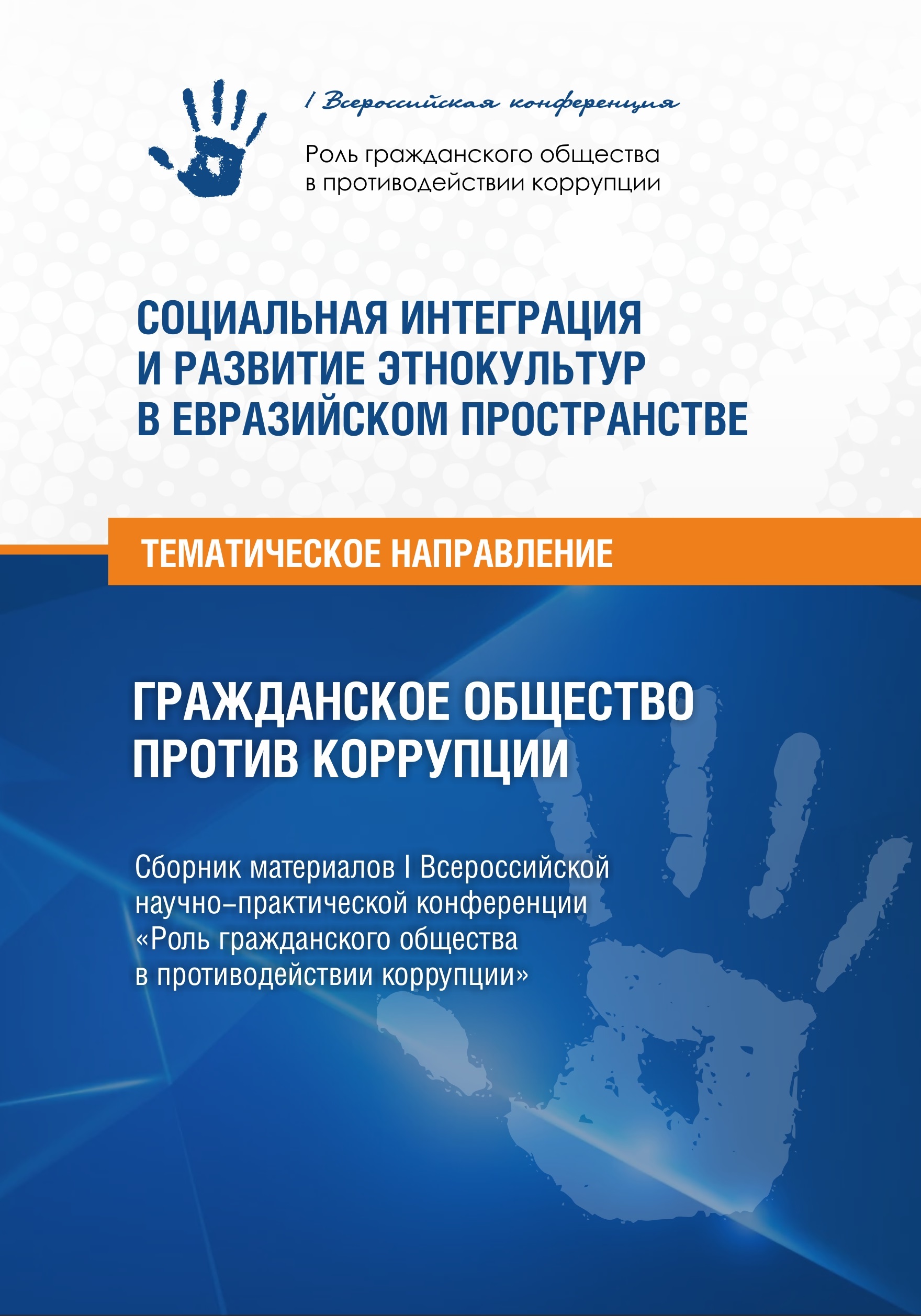INFLUENCE OF SOCIAL AND CULTURAL FACTORS ON FORMING THE CORRUPTION PERCEPTION MODELS
Main Article Content
Abstract
The work presents the main characteristics of Western, Asian, African, Latin American, post-Soviet models of corruption perception. Each model is based on common system signs specific for corresponding groups of the countries. The western model is distinguished by negative and uncompromising attitude of society to any corruption signs. The Asian model shows loyal attitude of society to corruption, and it is perceived as quite usual phenomena stipulated by definite cultural traditions and economic necessity. The African model is distinguished by prevailing tribal approach when the power is sold to a group of main economic tribes that agree among themselves on spheres of influence and control, and then, by political measures and means, retain these spheres and ensure its reliable existence. For the Latin American model the important is determination of the strongest and most affluent shadow economy, and criminal kingpins. An important influence on the forming of the post-Soviet corruption perception model was the instability of the institutional environment. The corruption perception varies considerably among post-Soviet countries belonging to the same region and similar social and cultural factors.
Downloads
Article Details

This work is licensed under a Creative Commons Attribution-NonCommercial-NoDerivatives 4.0 International License.
References
Коннов А. К. Коррупция в органах государственной власти: теория, практика и механизмы антикоррупционной политики (на материалах Республики Татарстан). Авт. дис. на соиск. канд. социолог. наук. Казань, 2005. 27 с.
Латов Ю. В., Наумов Ю. Г. Целевой индикатор и показатели российской антикоррупционной стратегии // Криминологический журнал Байкальского государственного университета экономики и права. 2012. № 2. С. 64–71.
Нестик Т. А. Коррупция и культура // Экономическая теория преступлений и наказаний. 2002. № 4. Часть 2. С. 45–55.
Панзабекова А. Ж. Зарубежный опыт противодействия коррупции и возможности его применения в странах ЕАЭС // Россия: тенденции и перспективы развития. Ежегодник. Вып. 10. Часть III. Редкол.: Пивоваров Ю. С. (отв. ред.) и др. М.: ИНИОН РАН, 2015. С. 73–79.

